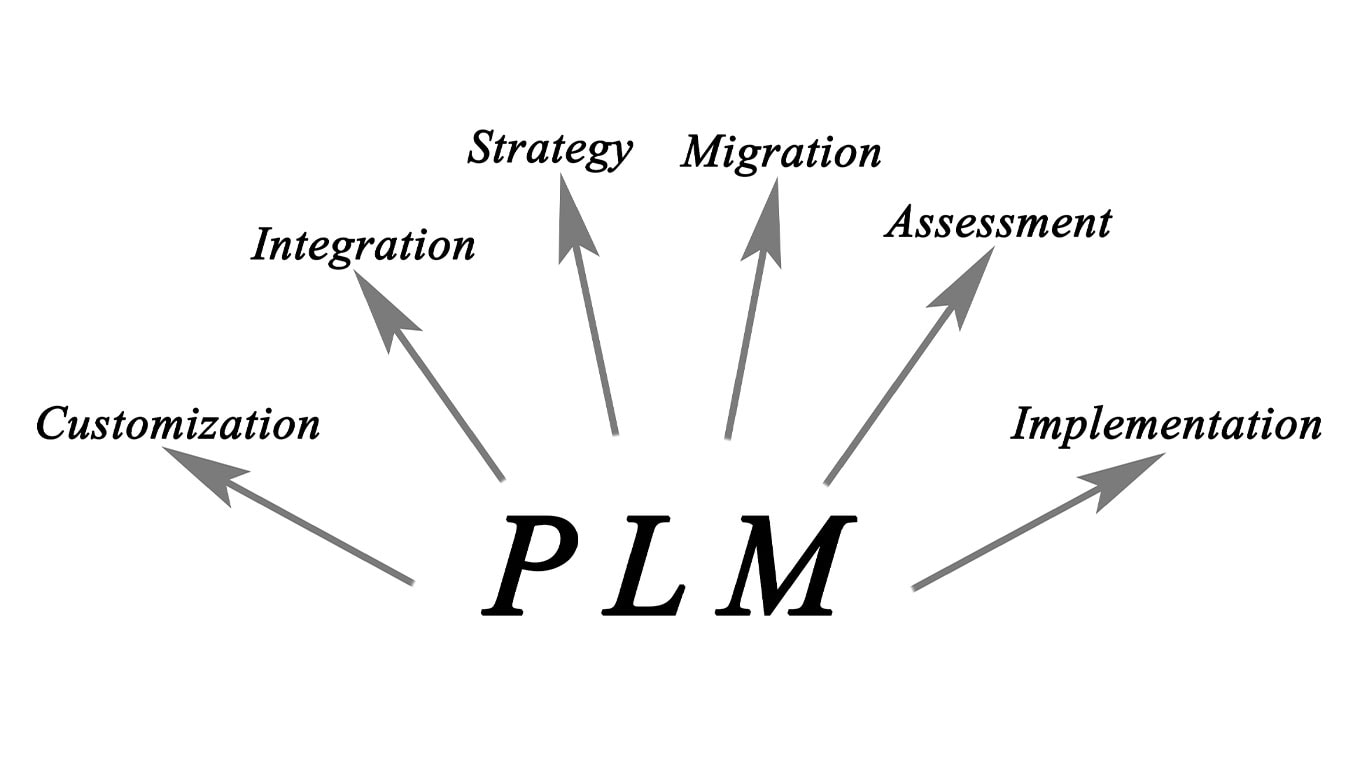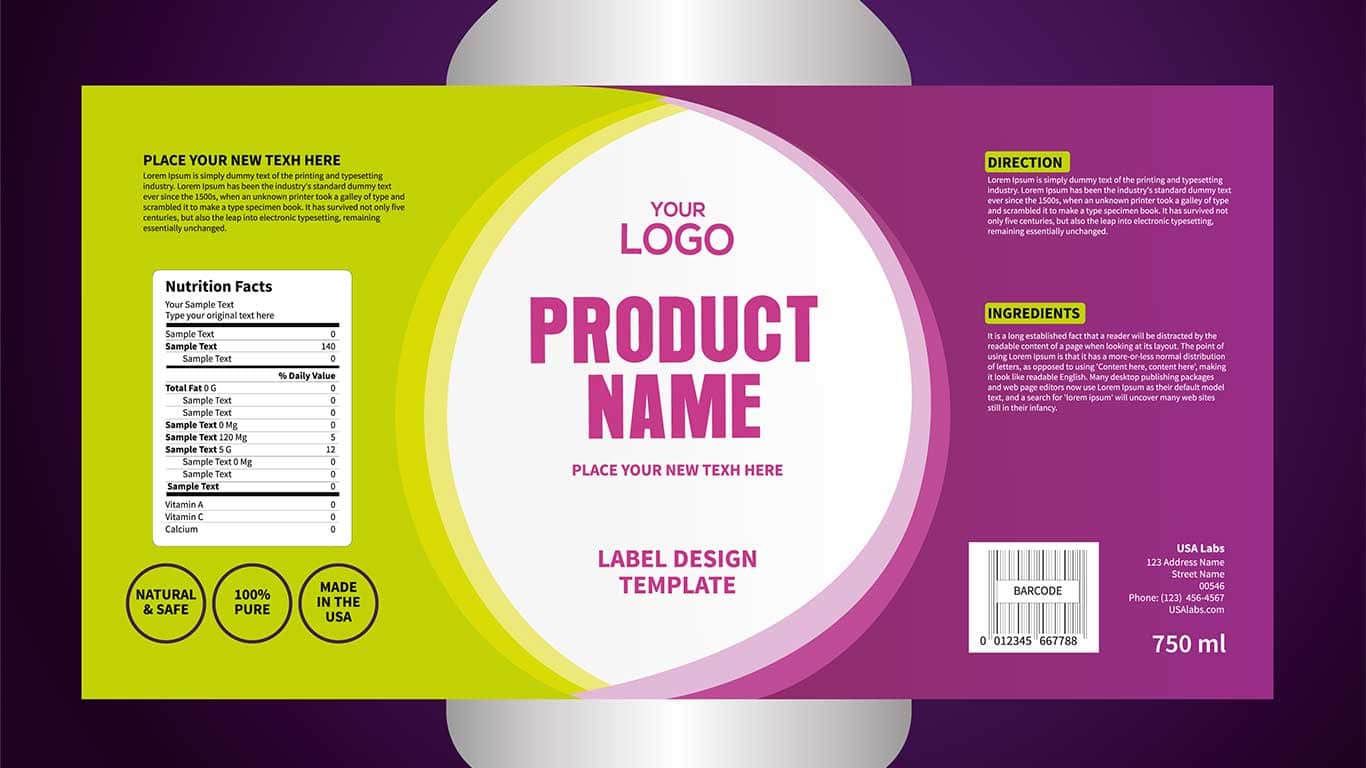A remote implementation of product lifecycle management (PLM) software might sound like a stretch, when in fact, SpecPage has been offering this for years.
While the majority of our customers have opted for remote implementations for quite some time, now all of our new projects are utilizing remote implementations due to the unprecedented work-from-home orders in place to halt the spread of the coronavirus. Even after the end of this crisis, we’ll continue to implement PLM systems remotely.
In this post, we’ll explore why we advocate for remote implementation and detail best practices for making it successful.
Introduction to PLM software
Before we move forward, here’s a quick introduction to PLM software:
Free E-Book
How Can Food Producers Strategize for Industry 4.0? Learn how to build a foundation that supports change and spurs growth!
PLM software helps manufacturers optimize, track, and manage all phases of new product development.
When you move from outdated solutions and manual processes like emails and spreadsheets to a cloud-hosted, secure PLM you experience the following benefits:
- Faster time to market – Remove highly manual data entry, collaboration, and information storage processes in order to innovate faster.
- Improved regulatory compliance – Securely store all ingredient information from suppliers, signed contracts, etc.
- Improved risk management – Validate and track quality certifications from suppliers.
- Increased traceability – Enter ingredient information once so you can utilize it end-to-end from the raw material through to the finished product label.
Why PLM software doesn’t require onsite implementation
It can be difficult to imagine such a large change happening remotely. Food manufacturing is so complex. You need to make the software fit your actual workflows and stage gates, and then you need to get the right employees onboarded and using the software correctly and consistently.
Essentially, you need to move your master data management for packaging and ingredients from a manual or outdated process to one that is optimized and securely managed in the cloud.
So how is it possible to do this remotely?
There are several reasons why:
- Remote access means remote setup – A PLM that is accessed via the cloud can also be set up via the cloud, so don’t choose an on-premise solution (which also removes the ability for remote work in the future, not just during implementation).
- No hardware required – A PLM solution replaces manual processes for master data management, product information tracing, and regulatory compliance. There is no hardware component which requires onsite installation.
- Industry specific software makes implementation faster – Some PLMs cater their software towards one specific industry, such as food or clothing, which reduces the need for in-person collaboration with vendors.
- Account onboarding can take place remotely – The manufacturer’s head of innovation or head of quality can remotely learn to utilize the software and can rely on vendor training support for help onboarding employees.
Why don’t all PLM providers allow remote implementation?
If a PLM solution cannot offer remote implementation this usually comes down to two main reasons. They are probably not cloud-ready and can’t offer secure remote access using encryption and multifactor authentication. They also likely do not have industry-specific functionality which reduces the need for long, complex in-person meetings with the goal of customizing the software.
When you choose a cloud-based PLM with features that match your industry’s needs, then remote implementation should be not only possible but preferable in most cases.
Why choose a PLM with remote access?
Around the world, across all industries, enterprises have spent the past decade moving from on-premise to SaaS solutions, which are hosted in the cloud by the software provider and can be accessed remotely on any device.
Depending on the nature of the software and the industry, there are different levels of security. Some vendors encrypt all sensitive data. Some require two-factor authentication or multifactor authentication (or allow their customers to set requirements).
By providing secure, remote access you make it possible for employees to work remotely. The global coronavirus lockdowns have shown us that today’s innovative workers need to be able to work remotely at the drop of the hat, with no notice.
We’ve seen that, aside from the demand for remote work flexibility, there can be health and safety requirements. Governments can shut non-essential work down. Businesses need to be able to enable their employees to keep innovating.
For example, with a remote PLM in place, food manufacturers can continue to perfect formulas and track ingredient certifications from suppliers. Similarly, ingredients manufacturers can continue to pitch their products.
The remote PLM implementation process
Fully remote implementation (remote-access software with no on-premise hosting and no on-site vendor installation) has gained a lot of popularity with many types of B2B software. Not only does this typically lower the costs, but more importantly it helps you move faster. Why sit around in meetings and do factory tours if that’s even necessary?
For a remote implementation of PLM software, these are the typical stages:
Define requirements
The first step is for the vendor to understand more about the manufacturer’s needs. What type of products are created, what special regulations are in place, what countries the manufacturer sources ingredients from, and what countries products are shipped to. The vendor will also need to understand what master data management systems are already in place, and at what speed the company currently innovates new products.
Gather information for workflows and product structure
After a general understanding of the manufacturer, the vendor will then need to gather information on the product development workflows used and the unique nature of the products being manufactured.
PLM configuration
With a deeper understanding of the current manufacturing processes and the products under both development and active manufacturing, the vendor can then make any needed configurations to the software. This typically involves the customization of workflows to fit the manufacturer’s exact process.
As mentioned elsewhere in this article, when the PLM is tailored toward the industry then this process goes much quicker than when using an industry-agnostic PLM.
Initial user training
Once the PLM is configured to the manufacturer’s needs, then the vendor needs to help onboard the quality and innovation executives and staff. These employees can vet the workflows and test them out before rolling out the solution to others.
Partial implementation
When it’s time to rollout the PLM, the heads of the project may decide to roll it out with one product that is currently under development. For a formula that’s in its early stages, it can be easier to start using a new system for tracking supplier information and calculating product compliance than to start on a product that is nearing the final stages of development.
Workflow readjustments
Next, the vendor will want to collect feedback from the employees who used the PLM during the initial implementation. Adjustments to the workflows can be made in order to keep the PLM system as close to real life manufacturing processes as possible.
Ramp up and additional user training
With any readjustments complete, it’s time to rollout the PLM to the entire manufacturing facility. The rollout might take place in stages by product type, process, or team. With vendor resources such as live virtual trainings, on-demand virtual trainings, and one-on-one support via phone, video call, and email, all staff can onboard to the new system smoothly.
How to increase the implementation success and reduce rollout time
The following best practices will help ensure a successful remote rollout of your new PLM system.
Work with a PLM provider that specializes in your industry
To get the most amount of value from a PLM system and reduce implementation effort, we recommend that companies work with a software vendor that specializes in their industry. This means that the workflow templates and stage gates are ready to go and require minimal customization. For example, SpecPage has specialized its software products for food manufacturers for 20 years, meaning that much of the implementation hassle is already done, simply because the product is already tailored for the industry.
Organize an implementation team
Consider who you should have on your implementation team. This might consist of:
- Quality/regulatory staff
- Innovation/product development staff
- Application engineers and technical sales (for ingredients manufacturers)
- Other high-tough users
- The vendor’s representatives
It’s important to involve the end users in implementation so you can setup the right workflows, test them, and reiterate on them. Of course, you don’t need to include entire departments, just a few representatives of each user type.
Communicate the reason for the PLM implementation to employees
Before rolling out the PLM to your entire staff, make sure they understand the reason for the digitization. Why are cloud-based processes better than manual ones? Help them to understand that speed to market increases revenue, which positively impacts the security of everyone’s jobs.
Develop and execute a training plan
Your PLM provider should have plenty of materials and experience to share with training. Nevertheless, some leg work will be required to put it into action. They may host some trainings or provide access to guidebooks and video tutorials. You will need to work with department heads and managers to make sure they understand when the implementation is occurring and what they need to do when.
An action plan would include the timeline for reviewing the training materials, starting to utilize the software, and finally, switching over to the software completely. As part of the training, employees should also be made aware of where they can turn for support.
To learn more about how to improve speed-to-market and save time on compliance documentation, visit SpecPage.




